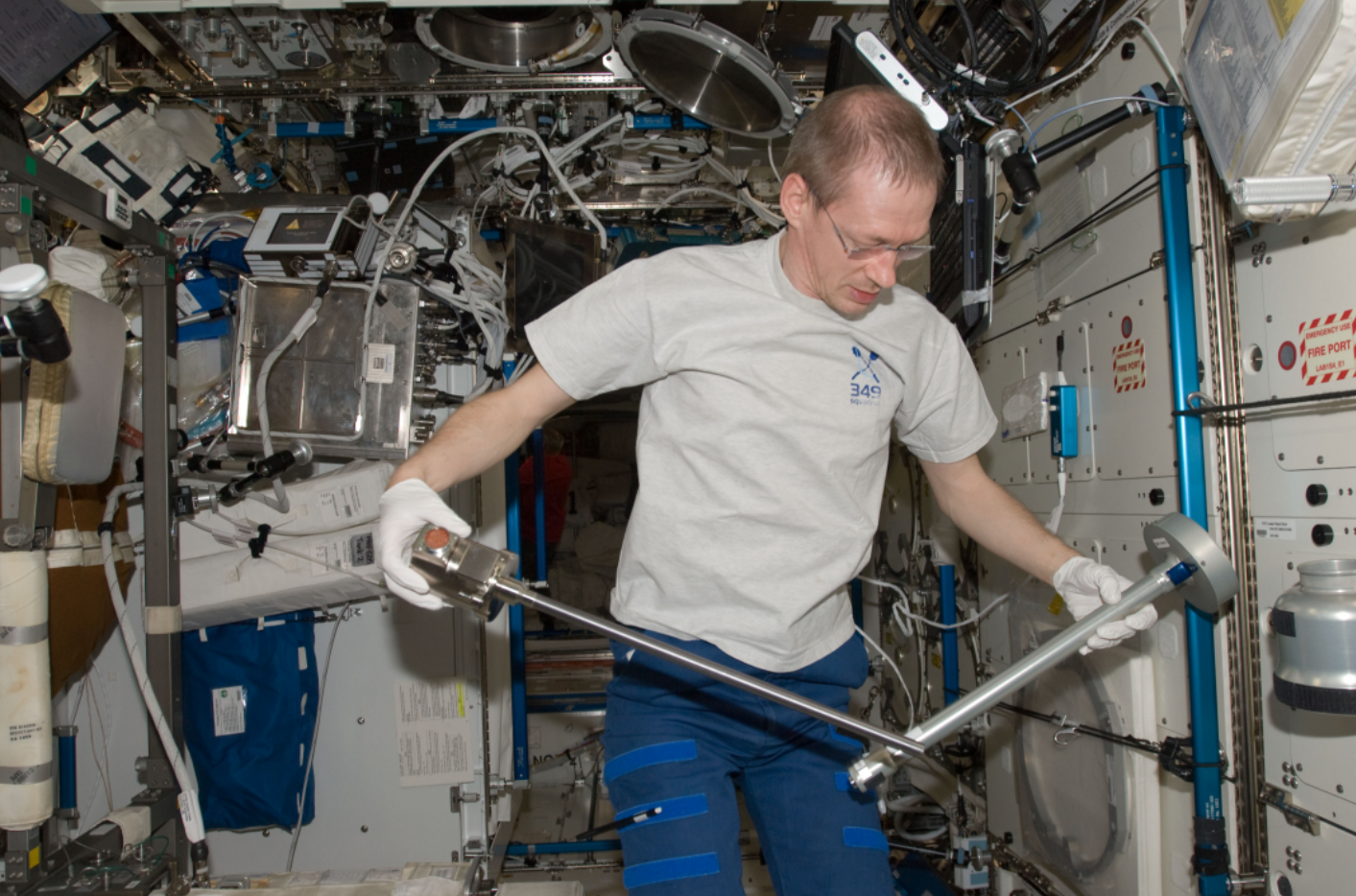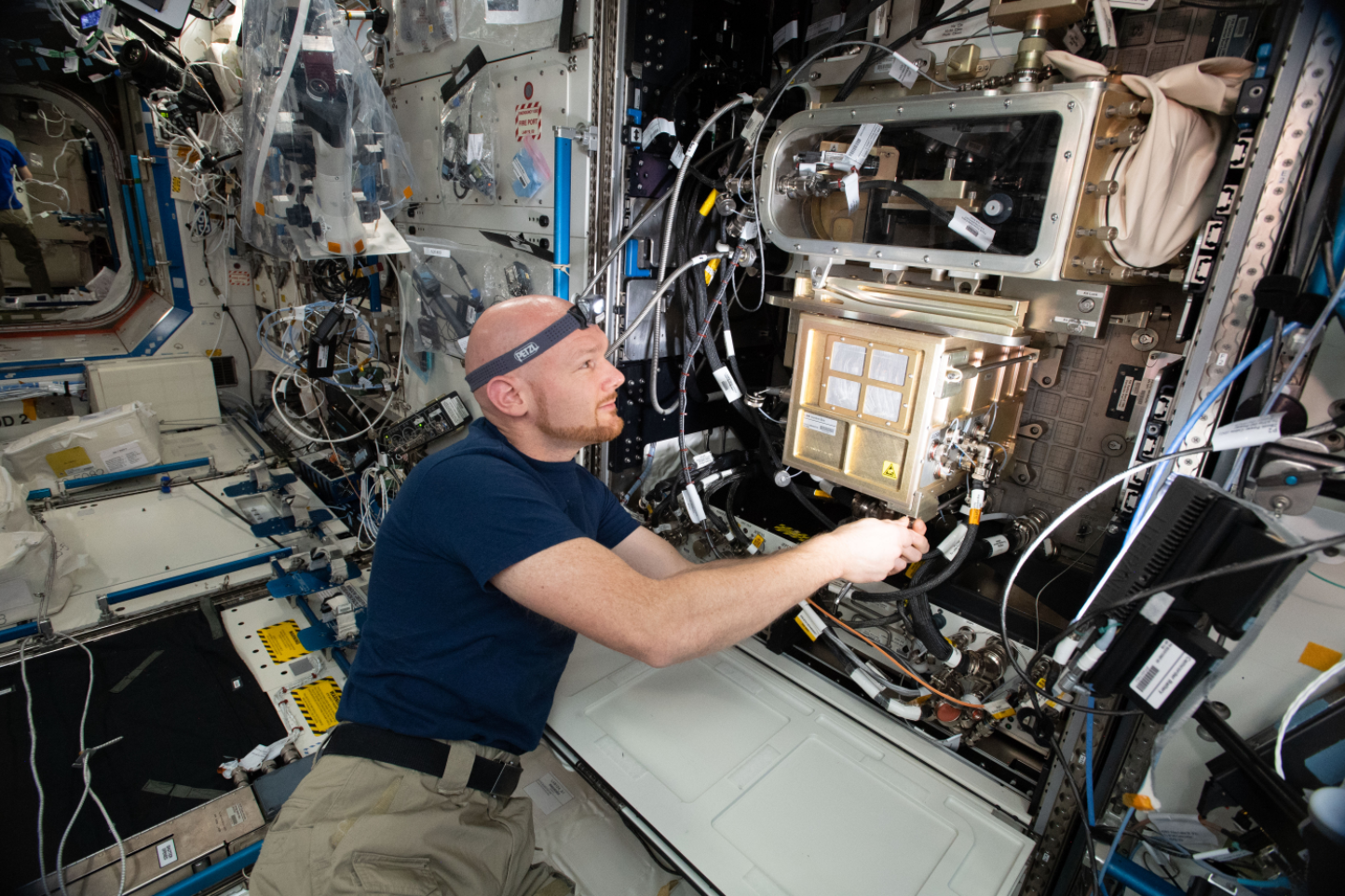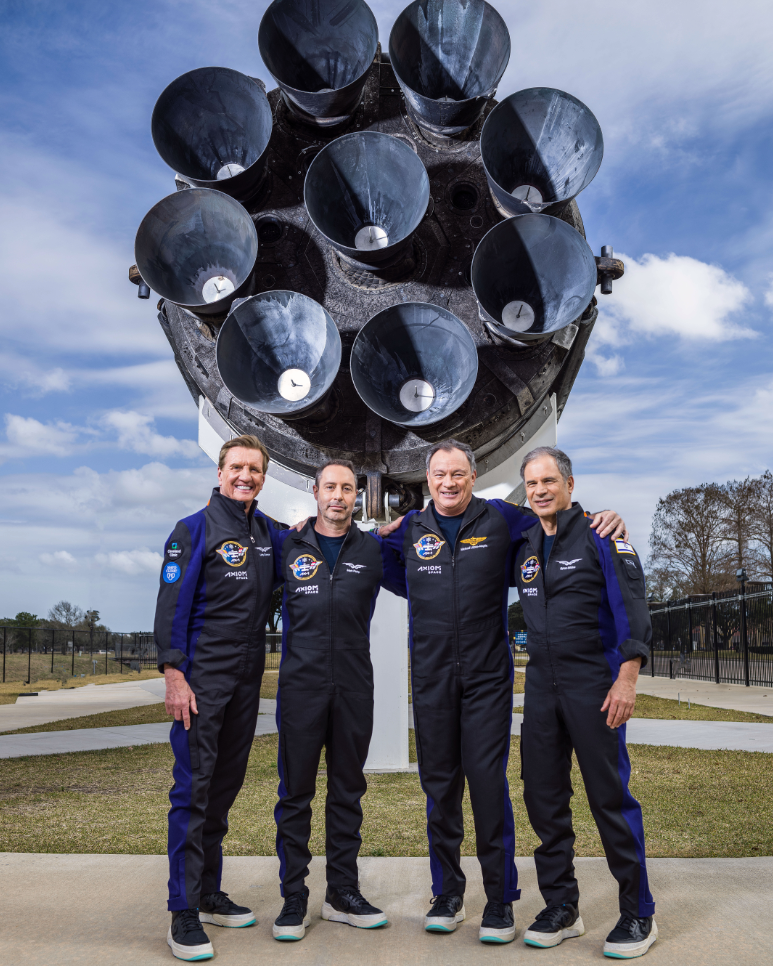Station Science Top News: April 8, 2022
NASA has long supported commercial research aboard station sponsored by the International Space Station U.S. National Laboratory and has now opened the space station for commercial activities such as private astronaut missions as part of its plan to develop a robust and competitive space economy.
For example:
- Axiom Space’s first private astronaut mission to the space station, Ax-1, launched Friday, April 8. During their eight days aboard the orbiting laboratory, the crew will conduct many Ax-1-specific experiments, including TESSERAE Ax-1. The study further tests self-assembly and docking of an autonomous, self-assembling robotic swarm of tiles in microgravity. The investigation helps assess the feasibility of construction of satellites and space habitats in orbit to support future missions to the Moon and Mars and space tourism in low-Earth orbit.
- Nanoracks-GITAI Robotic Arm successfully demonstrated the versatility and dexterity in microgravity of a robot designed by Japanese company GITAI Japan Inc. The experiment was conducted under the pressurized environment inside the Nanoracks Bishop Airlock, the space station’s first commercial airlock.
- The private astronauts aboard the Ax-1 mission will work on Modeling Tumor Organoids in LEO (Ax-1). The experiment demonstrates processes for in-orbit pre-cancer and cancer cell culture confocal fluorescence microscopy, an important tool for biological research.
Explore more recent and upcoming commercial research aboard the orbiting laboratory.
***
Researchers solidified metal alloys under different conditions on the space station and found that the mixtures did not fully solidify, creating significant differences in their composition. By improving understanding of the solidification of mixed metals, this work could lead to lighter weight and/or higher-performance materials for the transportation and aerospace industries and for solar cells.
The Columnar-to-Equiaxed Transition in Solidification Processing, or CETSOL, investigation from ESA (European Space Agency) examined physical principles that govern the solidification processes in metal alloys, or mixtures of two or more metals or a metal and a non-metal material. This study specifically looked at different varieties of alloy. Al Si alloys are often used in the manufacturing process of casting. On Earth, gravity-driven processes such as convection and turbulence affect alloy solidification, but microgravity eliminates these effects. That allows researchers to manipulate other factors and closely study their effect on the solidification process.

STS-129 ESA astronaut and Commander Frank De Winne removes a Materials Science Laboratory (MSL) CETSOL sample cartridge assembly from its MSL mechanical protection container tube during commissioning activities aboard the space station. Credits: NASA
***
Researchers determined that the superior quality of protein crystals grown in microgravity is due to molecules freely diffusing through the entire solution over an extended time. On Earth, they sink or pile up. Results from the experiment can predict which proteins may benefit most from microgravity crystallization, helping improve crystal manufacturing for medicinal purposes.
This finding resulted from work for the LMM Biophysics 1 investigation, which examined the movement of single protein molecules in microgravity to determine why proteins crystallized in microgravity often are higher quality than those grown on Earth. Proteins are vital macromolecules that enable living organisms to repair, regulate, or protect against unwanted infectious organisms. Crystallizing proteins provides better views of their structure and helps scientists understand how they work. Protein crystallization data is used in everything from the creation of new disease treatments to improving the process of drug delivery.

View of Alex Gerst, Expedition 56 flight engineer, during Fluids and Combustion Facility Light Microscopy Module Biophysics plate removal. Credits: NASA








